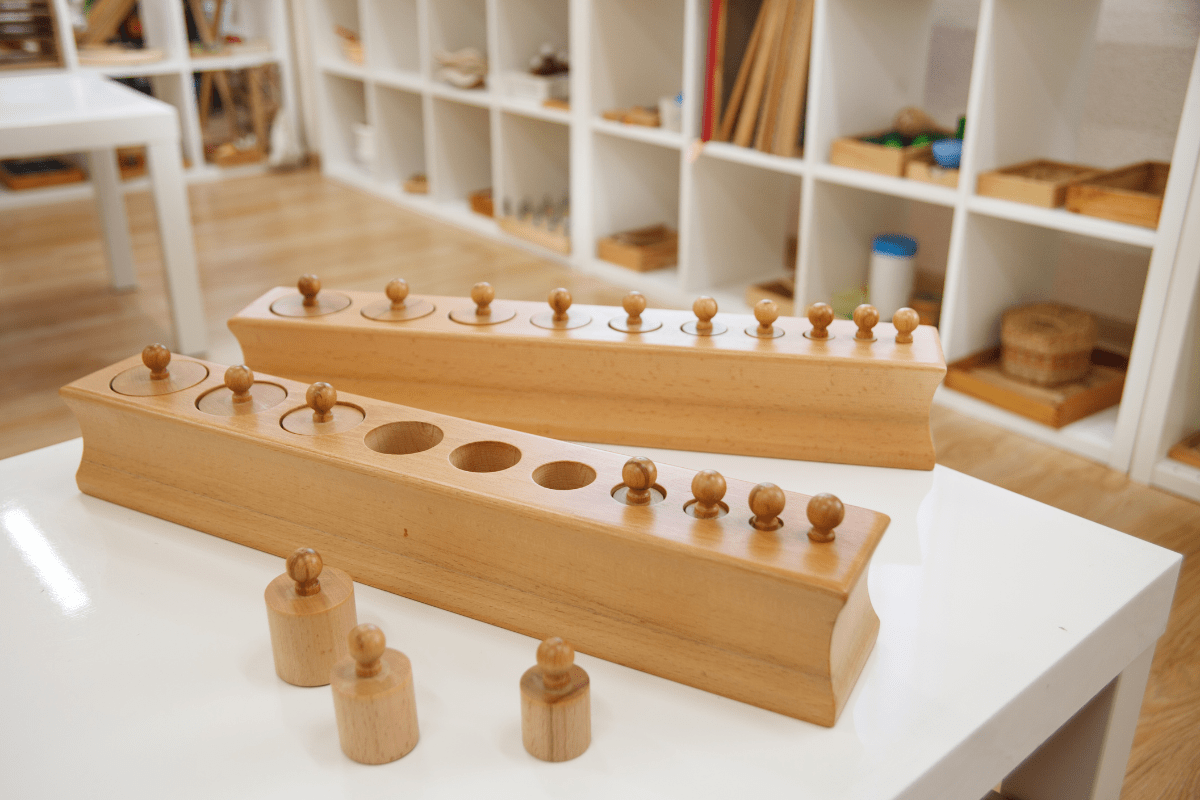Montessori teachers spend many hours during their Montessori training practicing ‘presentations’ to the children. Most of the Montessori activities to support children’s development are shown one on one. This is so that in the nursery, the right activity can be shown to each child at the right time in their development.
Here are some tips for making Montessori presentations go well:
- Know the materials – we need to practice with the materials constantly so we know them so well that when we are presenting to a child we can focus completely on the child, not on trying to remember how to show the material. When a Montessori teacher has truly practiced with the materials, there is an art and sense of flow to the presentation that is beautiful to watch.
- Know the child – we need to know what will interest the child we are presenting to. How do we need to tailor the presentation to their needs and ways of learning? Where do they like to sit? Do you need to stay with them for a short while after the presentation, or come back and check in with them, or can you leave them to carry on independently?
- Be flexible – we learn the materials, get to know the child, and then make our presentation work for that specific child. Sometimes that might mean doing things differently to the exact way we were taught in our Montessori training – but as long as we stick to following the child and basing our choices on our understanding of their development, we won’t go far wrong.
- Pick the right time of day – we all have times of day when our concentration is better. Children are no different. Some children might need to come to the nursery and choose to start their day with a story, others would like to have a snack, and others are ready to jump straight into an activity. When we know the children well, we get to know their rhythm and the best time of day to show them something new.
- Base your choice of presentation on your observations of the children – the Montessori materials are designed to be self-teaching because we want to offer children independence, self-esteem, and the time and freedom to work things out for themselves. For this to happen in practice, we need to make sure we are showing the child the right activity for them. Our observations should show us their interests and their developmental needs so we can make the right choices about where to guide them next.
Finally, we can try to remember as we invite a child to join us, that every time we show them a ‘presentation’ we are offering a ‘present’ or ‘gift’. It is a special moment, a moment in which they are offered something to support their development and thirst for learning. It is their moment. Whether we are presenting material for the 1st, 5th, or 500th time, it must feel special and filled with wonder for the child sitting beside us.
